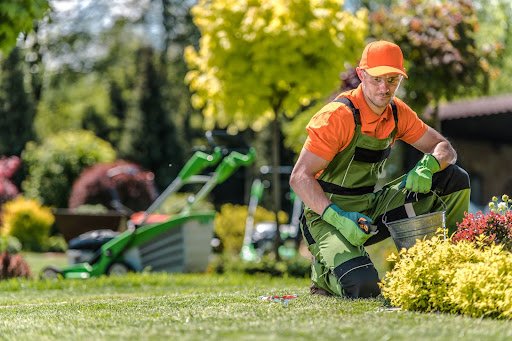A Property Manager’s Guide to Creating a Strong Landscape RFP
A step-by-step guide for property managers and facility pros looking to get the most from their landscape investment
Setting the Stage for a Smarter Landscape Contract
The RFP process can be daunting task for property managers and community board members alike. The bid process contains many technical elements that can be a challenge to align with your needs, particularly for individuals with limited landscaping knowledge. The good news is that with a little planning, you can create an RFP that clearly defines your expectations and determines the best overall value in a landscape contractor.
Know Your Why: The First Step in a Smarter Landscape RFP
First, it is important to determine why you are putting the property out to bid. Are you unhappy with the quality of service from your current provider? Are you bidding simply as a price check or part of due diligence? Do you need a landscaper who can provide more comprehensive services than your current provider? Whatever the reason, your RFP should address the reasons you are considering a change. For example, if you are dissatisfied with pruning but your RFP only calls for one occurrence, changing providers will not address your need.
Define What Matters: Turning Your Landscape Needs into Clear RFP Goals
Secondly, the RFP should help crystalize your goals, objectives and priorities. Some common objectives our customers have shared include:
Improve landscape quality to improve curb appeal, increase property values or occupancy rates.
Create short- and long-term property improvement plan to effectively manage a fiscally responsible budget.
Establish a consistent landscape theme across the entire site or portfolio of sites
Partner with a proven industry leader who can proactively manage all elements of your landscape: mowing, tree services, irrigation, snow/ice removal, landscape designs and installation. ·
Reduce time spent managing your landscape contractor.
Qualifying the Right Partner: What to Expect from a Winning Bidder
Lastly, a thorough RFP will determine the bidder that best fits your needs. A qualified bidder should have and be able to prove the following:
Positive, quality references on similar type projects.
Depth of resources, capabilities and experience.
Quality, safety and training programs.
Up to date licenses and appropriate insurance.
Tenured employees with significant industry experience.
Build a Better RFP—And a Stronger Landscape Partnership
A well written RFP is a powerful tool in maintaining the value of your property. Chapel Valley is happy to review your current RFP and make suggestions on possible improvements. A little preparation now will pay dividends in terms of the time you save managing your landscaper and the overall appearance of your property for years to come.

















































